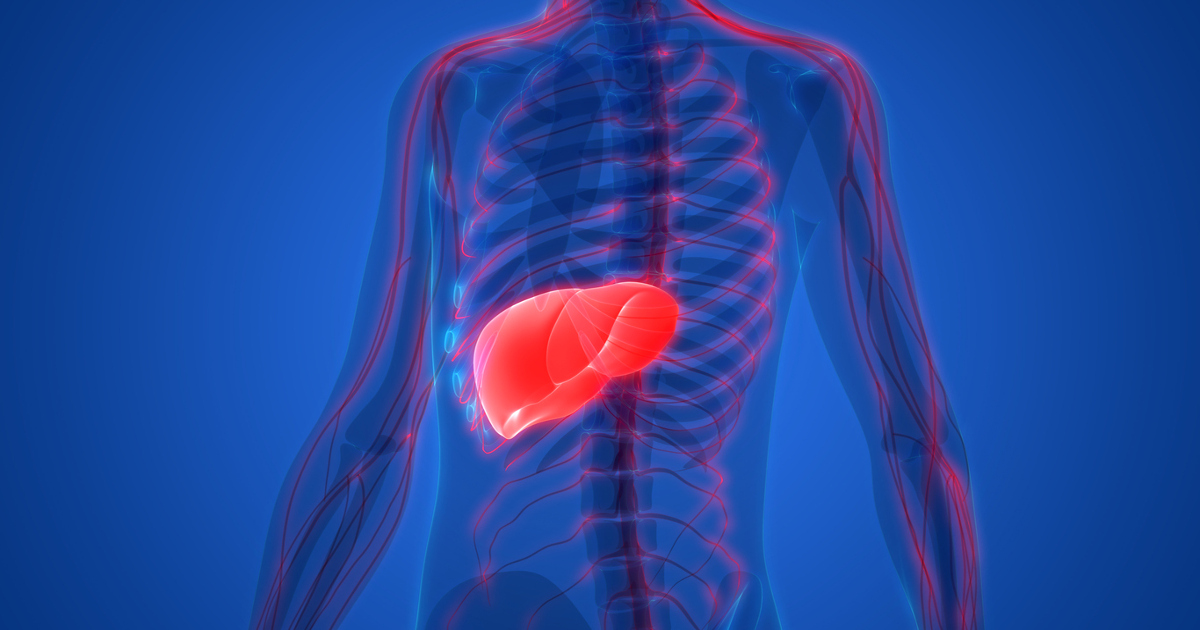Causes And Complications Of Wilson's Disease
Cirrhosis Of The Liver

Cirrhosis of the liver is one of the potential complications that may develop from Wilson's disease. As the patient's body attempts to clear the buildup of excess copper from the liver, scar tissue is formed in the area, compromising the normal liver function. In the early stages of cirrhosis, patients may be asymptomatic, with symptoms appearing only in the most advanced stages. Late-stage symptoms of cirrhosis include jaundice, itchy skin, fatigue, swelling in the legs, and loss of appetite. Some patients may also have redness on the palms of the hands and fluid accumulation in the abdomen. For patients with Wilson's disease, liver abnormalities can begin as early as six years of age. Therefore, even young patients may need to have regular blood tests to check liver function, and ultrasounds, MRI scans, and liver biopsies can help assess the severity of liver damage and cirrhosis. Treatment for cirrhosis of the liver focuses on the underlying cause, and medications to reduce copper levels can sometimes improve liver function and prevent liver scarring for patients with Wilson's disease. Advanced cirrhosis can be life-threatening, and patients at this stage may need a liver transplant.
Uncover more Wilson's disease complications now.